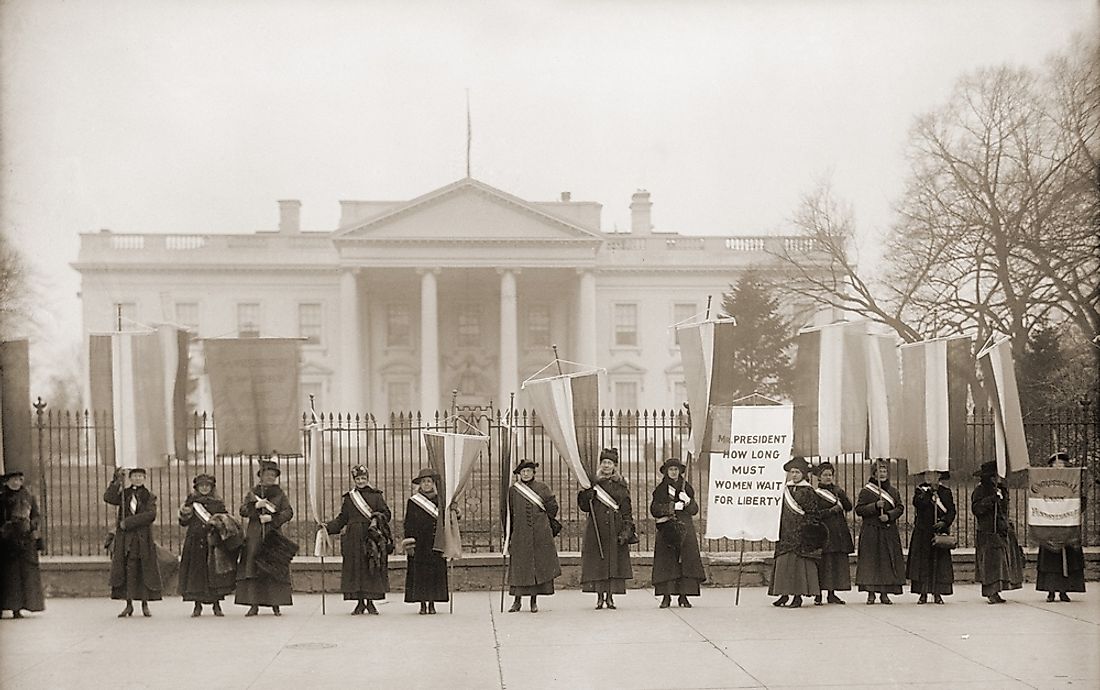The Women's Suffrage Movement

The Women Suffrage Movement was aimed at contesting for the rights of women to vie for leadership positions and vote for leaders. The movement is a sector that is inclusive in the overall Women Rights Movement. On the other hand, the term suffragist referred to any person who supported the allowance of suffrage, mainly to female individuals. The fight for suffrage began in the mid-nineteenth century. Women in several countries designed organizations to campaign for their rights to vote and run for office.
History of the Women's Suffrage Movement
Elizabeth Cady Stanton and Lucretia Mott launched the Women's Suffrage Movement in London. It happened in 1840 during the World Anti-Slavery Convention where they met. The anti-slavery conference declined to chair Mott and other female representatives from the US because of their gender. In 1851, Stanton met Susan B. Anthony who was a self-restraint worker. They both had strong sentiments on suffrage, which made them support the Women's Suffrage Movement.
In 1868, Anthony encouraged working women to create Working Women Societies, since females from sewing and printing companies in New York were left out of male trade unions. As a representative of State Labor House, Anthony convinced the board on women labor to vote for females and equal salaries. The men at the committee erased the allusion to the vote.
In the meantime, in Wyoming, women were relieved from suffrage in 1869. On the other hand, the National American Woman Suffrage Association and National Woman's Party had different ideologies on tactics. The former preferred campaigning one state at a time while the latter believed in focusing on the modification of the constitution.
Kate Sheppard steered a Women’s Suffrage Movement in New Zealand. In 1893, Sheppard’s movement was fruitful, and New Zealand acknowledged women’s right to vote. The suffrage bill was embraced shortly before elections of the same year. Consecutively, British women from the Cook Island Association also acquired their rights.
Regions such as Norway, Denmark, and Australia also acknowledged women rights to vote before World War I. Poland, Germany, Russia, and Canada accepted women's rights to vote before completion of the war. In 1944, France recognized women’s right to vote. Women voting rights were also documented in international laws under the authority of Eleanor Roosevelt. Roosevelt was elected head of United Nations' Human Rights Commission.
Impact of the Suffrage Movement around the World
The Women's Suffrage Movement brought about many career and educational opportunities. Through these opportunities, women accomplished greater duties, such as being leaders in society. The suffrage movement made it easier for women to attend professional training and colleges just like men to compete on fairer grounds.
Women around the world today are more ambitious now as suffrage has helped them get the confidence to dominate in professional fields, such as engineering and medicine, which were thought to be male territories. Economically, the right to vote has also enabled the other rights of women to be recognized such as the right to education and the right to hold jobs in different economic sectors.











